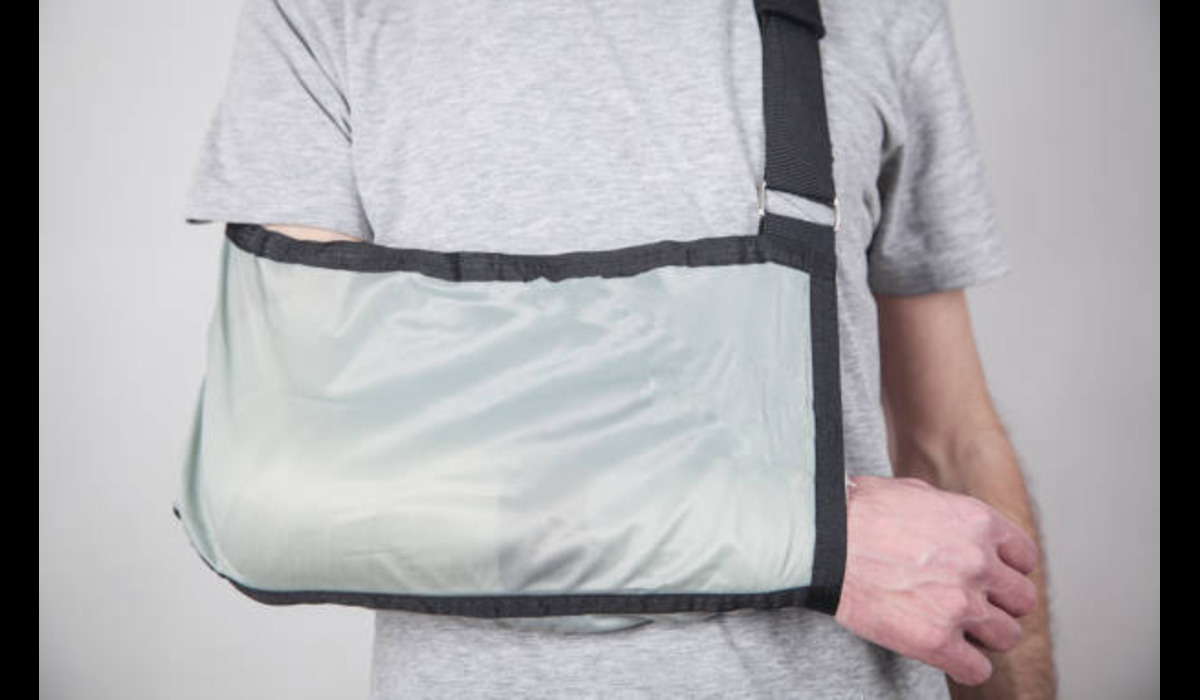Introduction to Slinguri
Slinguri are devices used to lift, support, or secure loads. They are made from various materials including wire rope, chain, and synthetic fibers, and are designed to handle specific weights and types of loads. Understanding the right type of sling for your needs is crucial for safety and efficiency.
Types of Slinguri
Wire Rope Slinguri
Description: Made from strands of wire twisted together, wire rope slings are known for their strength and durability.
Uses: Ideal for heavy lifting in construction, shipbuilding, and logging industries.
Advantages: High strength-to-weight ratio, resistance to abrasion, and flexibility.
Chain Slinguri
Description: Constructed from metal chains, these slings are highly durable and can handle high-temperature environments.
Uses: Commonly used in construction and industrial settings where heavy and rough loads are handled.
Advantages: Exceptional strength, adjustable lengths, and resistance to heat and abrasion.
Synthetic Slinguri
Description: Made from materials like nylon or polyester, synthetic slings are lightweight and flexible.
Uses: Suitable for lifting delicate or finished materials to prevent damage.
Advantages: Lightweight, flexible, and less likely to damage the load.
Medical Slings
Description: Used in healthcare to support and immobilize injured limbs.
Uses: Common in hospitals and rehabilitation centers for patients with arm, shoulder, or wrist injuries.
Advantages: Provides comfort and support, easily adjustable.
Applications of Slinguri
Construction
In construction, slings are essential for lifting heavy materials like steel beams, concrete blocks, and machinery. They ensure that loads are lifted and transported safely, reducing the risk of accidents and damage.
Industrial Lifting
Industries such as manufacturing, shipping, and mining use slings to handle heavy and bulky items. They are critical for the efficient and safe movement of goods within warehouses and industrial plants.
Outdoor and Recreational Uses
In outdoor settings, slings are used for climbing, rigging tents, and securing gear. Their versatility makes them a favorite among climbers, campers, and adventurers.
Medical and Healthcare
Medical slings provide support for injured arms, shoulders, and wrists. They help immobilize the injured area, facilitating faster recovery and reducing discomfort.
Safety Considerations
- Load Limits: Always adhere to the manufacturer’s specified load limits for slings.
- Inspection: Regularly inspect slings for signs of wear, damage, or degradation.
- Training: Ensure that all personnel using slings are properly trained in their use and safety protocols.
- Environment: Consider environmental factors such as temperature, chemicals, and abrasion that could affect the sling’s integrity.
Maintenance and Inspection
Regular maintenance and inspection are crucial to ensure the longevity and safety of slings. Follow these steps:
- Visual Inspection: Check for visible signs of wear, fraying, or damage.
- Cleaning: Keep slings clean and free from dirt, grease, and chemicals that could degrade the material.
- Storage: Store slings in a cool, dry place away from direct sunlight and harsh chemicals.
- Replacement: Replace slings that show signs of significant wear or damage immediately.
Conclusion
Slinguri are indispensable tools across various fields, offering versatility and reliability when lifting, supporting, and securing loads. By understanding the different types of slings, their applications, and proper safety and maintenance protocols, you can ensure efficient and safe operations in your respective field. Remember, the key to utilizing slings effectively lies in selecting the right type for the job, adhering to safety guidelines, and conducting regular maintenance and inspections.
FAQs about Slinguri
What is a sling?
A sling is a device used to lift, support, or secure loads. It can be made from various materials such as wire rope, chain, or synthetic fibers and is used in various applications including construction, industrial lifting, outdoor activities, and medical support.
How often should slings be inspected?
Slings should be inspected before each use and regularly as part of a routine maintenance schedule. The frequency of inspections can depend on usage intensity and environmental conditions. Always follow the manufacturer’s recommendations.
How should slings be stored?
Store slings in a cool, dry place away from direct sunlight, chemicals, and other damaging elements. Ensure they are hung or laid flat without being twisted or knotted to avoid deforming the material.
Can I repair a damaged sling?
It’s generally not recommended to repair damaged slings unless done by a professional according to the manufacturer’s guidelines. In many cases, replacing a damaged sling is the safest option.
How do I clean slings?
Clean slings according to the manufacturer’s instructions. Generally, synthetic slings can be washed with mild soap and water, while wire rope and chain slings may require specific cleaning agents to remove grease and dirt. Always ensure slings are thoroughly dried before storage.
What should I do if I am unsure about a sling’s condition or usage?
If in doubt, consult with a qualified professional or the sling manufacturer. It’s better to be cautious and ensure the safety and integrity of your equipment than to risk potential accidents or failures.










